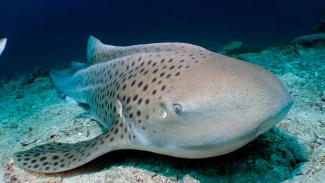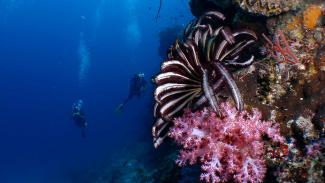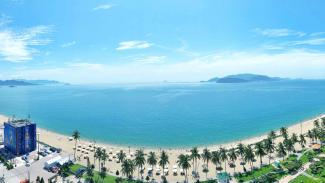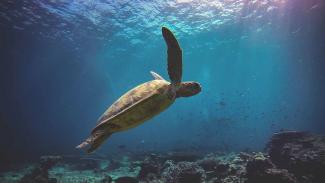
Enshadi
All the equipment involved in diving can seem a little intimidating to a newcomer. You are likely to be wondering what on earth a Regulator is, what BCD stands for, what a split fin might be & how many millimetres your wetsuit needs to be.
There's no need to feel intimidated though. Our beginner's guide to dive equipment will take you through the basics and help you feel a little more at home with some of the terminology.

BCD's, tanks & regulators
BCD
BCD stands for Buoyancy Control Device. It is essentially an inflatable jacket. Add air to your BCD and you will be more buoyant in the water. take air out and you will be less buoyant. You will hear some BCD's referred to as integrated BCDs. This simply means that they have pockets where you can put your dive weights, instead of attaching them around your waist like a belt.
Regulator
A regulator is the most technical piece of your dive equipment. It attaches to your scuba tank, releasing air from the tank when you breath in and converting it to a pressure that is suitable for you to breath. The central part of a regulator is known as the first stage and attaches to your scuba tank. There are also four hoses: one that provides air for you, known as your second stage; a spare second stage for emergencies, often known as an Octopus; a hose that attaches to your BCD allowing you to add air to the jacket and a guage that tells you how much air is left in your scuba tank.
Scuba Tank
A scuba tank holds pressurised air that you will use during your dive. Normally, this air is pressurised to 200 bar (the air we breath at sea-level is 1 bar). Some places will measure the air pressure in PSI (pounds per square inch) rather than bar. This pressurised air is converted into air we can breath by the regulator. Scuba tanks are normally made of either steel or aluminium. They come in various sizes, but the most commonly used tank is 12 litres.


Mikaku
You might also enjoy...
Phuket & Phi Phi Islands
Diving in Phuket has always been hugely popular due to its ease of access and choice of dive centres. It is one of Thailand's top tourist spots.
Phi Phi Island is equally popular. Actually two main islands - Don and Lae - they are truly spectacular with limestone cliffs rising into the sky.
Choosing the right dive center
Behang
If you are learning to dive or taking a diving course, it is important to have the right people around you and to learn in the right environment. Likewise, if you are already a diver who is planning a diving break, you want to make sure your dives are remembered for all the right reasons.
Puerto Galera
Originally a safe harbour during typhoons, Puerto Galera has become one of the Philippines' most popular tourist & diving destinations.
Situated only 150km south of the capital Manila, the curious geography of the area has created not only a perfect natural harbour, but also many picturesque beaches and coves to enjoy.
Scuba Diving Terms - A Dummies Guide
Frans Daniels







